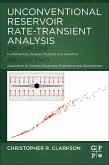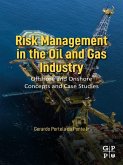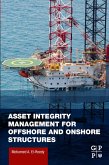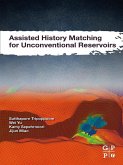The volatile, uncertain, complex, and ambiguous (VUCA) nature of environmental and operational conditions is still the major cause of marine accidents, with knock-on effects in terms of casualties, property damage, and marine pollution. Recognized as the most effective approach to navigate VUCA environments, risk-based assessment methods provide a solution to address challenges associated with health, safety, and environmental protection in extreme conditions and when accidents involving engineering structures and infrastructure occur. This book serves as a comprehensive guide to the foundational principles, current practices, and cuttingedge trends in quantitative risk assessment and management for ships and offshore structures. With six partsencompassing a total of 35 chapters, it covers risk assessment and management for offshore installations, oil and gas leaks, collisions and grounding, and fires and explosions. Tailored for ship and offshore structural engineers, naval architects, as well as mechanical and civil engineers involved in advanced safety studies, this book is an invaluable resource for both practicing engineers and researchers in this field. - Offers insights into quantitative risk assessment and asset management for ships and offshore structures in extreme conditions and in the event of accidents - Equips engineers with valuable statistical data sets and enhances data assimilation techniques for precise hazard frequency calculations - Seamlessly integrates fundamental principles with practical applications, addressing emerging challenges and leveraging the latest technological advances in the field
Dieser Download kann aus rechtlichen Gründen nur mit Rechnungsadresse in A, B, BG, CY, CZ, D, DK, EW, E, FIN, F, GR, HR, H, IRL, I, LT, L, LR, M, NL, PL, P, R, S, SLO, SK ausgeliefert werden.









